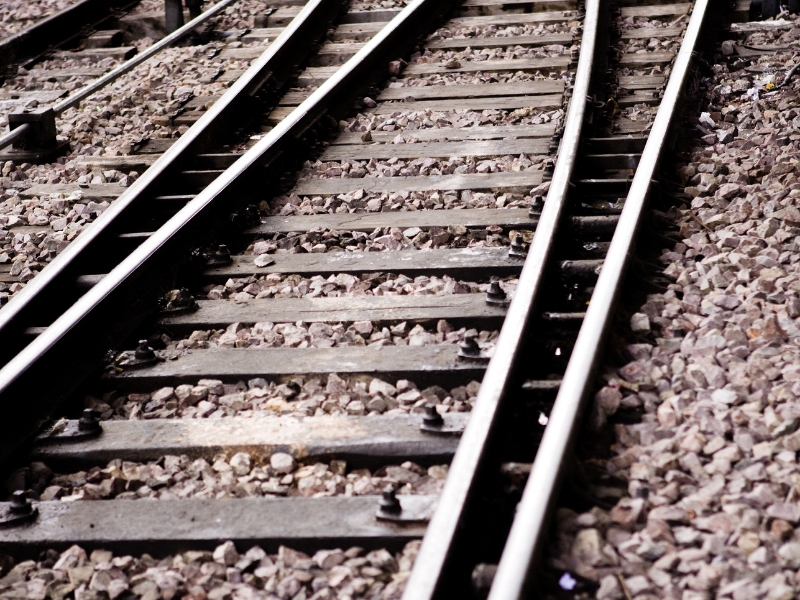Going Off The Rails? – Potential Negligence of Rail Companies
by Alliff Benjamin Suhaimi ~ 28 May 2021
Around 8.45pm last Monday, there was a collision of two LRT trains resulting in severe injuries to 47 passengers, with 6 of them in critical condition, 3 requiring respiratory support, whereas 166 others escaped with minor injuries.
This incident sent shockwaves as it is the first major accident involving transit rail trains in the country. According to our Minister of Transport, preliminary findings indicate that the accident was caused by human error of one LRT driver who drove the train in the wrong direction.
The train operator, Prasarana Malaysia Berhad (“Prasarana”) has subsequently announced that the victims of the crash will receive the following compensation package:-
- RM1,000 to each affected passenger
- Livelihood assistance to victims who lost their income due to the accident
- costs of medication and treatment for the 64 victims
Unsurprisingly, the above was met with widespread criticisms as many commented that the compensation was paltry. In response, Prasarana explained that the sum of RM1,000 is not a compensation, but a special one-off financial assistance. It was further remarked that aggrieved passengers have the right to obtain additional damages through legal means.
In this article, we look into the possible legal avenues available to victims of such public transport accidents.
In light of the preliminary finding of human error as reported by the Transport Ministry, victims may sue the rail company for negligence. A suit for negligence can be filed once the following elements are established:-
- there is a duty of care owed to the victims by the company;
- the company has breached this duty; and
- the breach of that duty has caused injury/harm.
Duty of Care
Duty of care is a legal obligation that arises where in the event a party does not exercise proper care, it is foreseeable that harm will be caused as a result of such failure. Public transportation or rail companies owe a duty of care towards all its passengers because they will be closely and directly affected by any negligence of the company and/or the company’s drivers. In other words, the train company owes a duty to ensure they exercise proper care to ensure the passengers’ safety.
Breach of Duty of Care
There will a breach of the said duty of care when the rail company does something that is perceived to be below the minimum standard of care required of them. For example, the company will be expected to ensure that the signalling/command control system is capable of preventing trains from colliding, or to ensure train drivers are properly trained. In In the case of Chai Pin Chong & Anor v Zainal Abidin Mohd Salleh & Anor [1998] 4 CLJ 833, the High Court adopted the position in Ho Kiong Chan v Patipet [1966] 1 MLJ 159 where the Federal Court held that there is a strong duty on the part of a driver to keep a good look out while driving because he is in charge of a vehicle capable of doing great damage.
In another case, Wong Li Fatt William (an infant) v Haidawati bte Bolhenf [1994] 2 MLJ 497, the court held that a driver must be in reasonable control of the vehicle he is driving at all times and if the driver knows or ought to know that the area in which he is driving is inhabited, then he must anticipate that he may be put in an emergency situation at any time while passing that area. This also means that the driver must be prepared to halt the vehicle in the event such an emergency occurs.
Causation/Damage
The third element that any potential Plaintiff must prove is that the damage and/or injuries that they have suffered is the natural result of and/or caused by a breach of the duty of care owed by the rail company and/or its driver. In other words, the rail company will only be made liable if it can be shown that the victims’ injuries would not have happened if proper care had been exercised by the rail company or the train driver.
What Can The Victims Claim?
The victims of the accident can seek damages to cover monetary losses and non-monetary losses/damages. Needless to say, such an accident would not only affect victims financially, but also physically and mentally. By bringing a legal action in negligence, the victims are able to seek damages for the physical injury itself, pain and suffering, as well as loss of enjoyment of life. This is over and above any monies spent for medical and hospitalisation expenses.
Is a Class Action Lawsuit Possible?
We would all have heard of the term ‘class action lawsuit’ at some point. What does this term actually mean?
A class action lawsuit is a legal action filed by a group and/or class of individuals who have the same interest in a particular proceeding. This means the victims from the same accident can file one single legal action together. There is no need for each individual to bring their own separate suit against the rail company and its driver for negligence.
To bring a class action lawsuit, 3 conditions must be satisfied:-
- the individuals must have a common interest in claiming for their personal injuries;
- they all have common grievances, i.e personal injuries
- the reliefs sought would be beneficial to them all
A class action lawsuit will ensure that the victims are treated consistently and may be worth considering in situations where the sum of the money to be claimed by some of the victims may be small in comparison to others who suffered more serious injuries.
Conclusion
The Ministry of Transport has recorded a total of over 70 million passengers for the LRT services in a year. Hence, the safety of its passengers must be of utmost importance and there should not be any compromise on this matter. It is also important that public transportation companies are made accountable for such serious mishaps which can be avoided if proper care and diligence were exercised.
Such accountability and acceptance of responsibility are important to restore confidence in our public rail system. As operators who serve no less than 70 million commuters annually, the least the public can hope for from our rail companies is for them to adhere to the best safety standards and processes.
This is precisely why negligence lawsuits came about in the first place. To ensure, proper and adequate care is taken to avoid any injury or harm to one’s neighbour. In relation to public transportation companies, a proper exercise of their duty of care may prevent mishaps like this from happening again.

